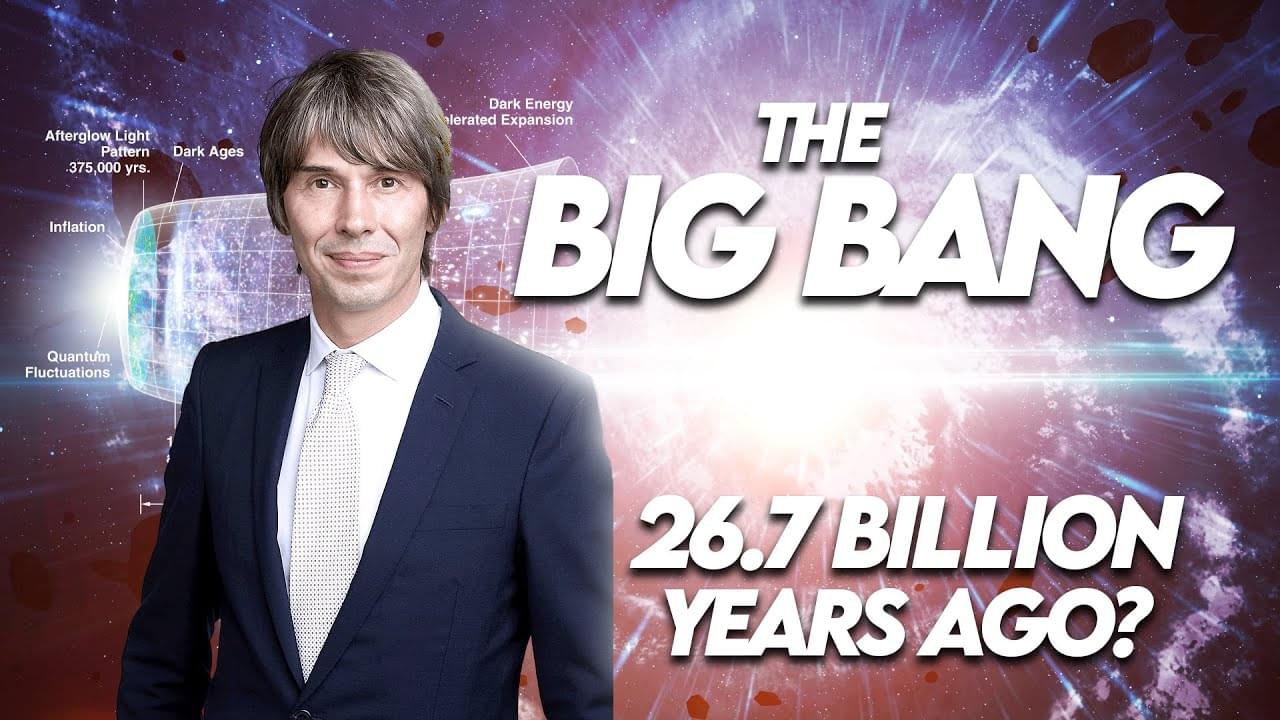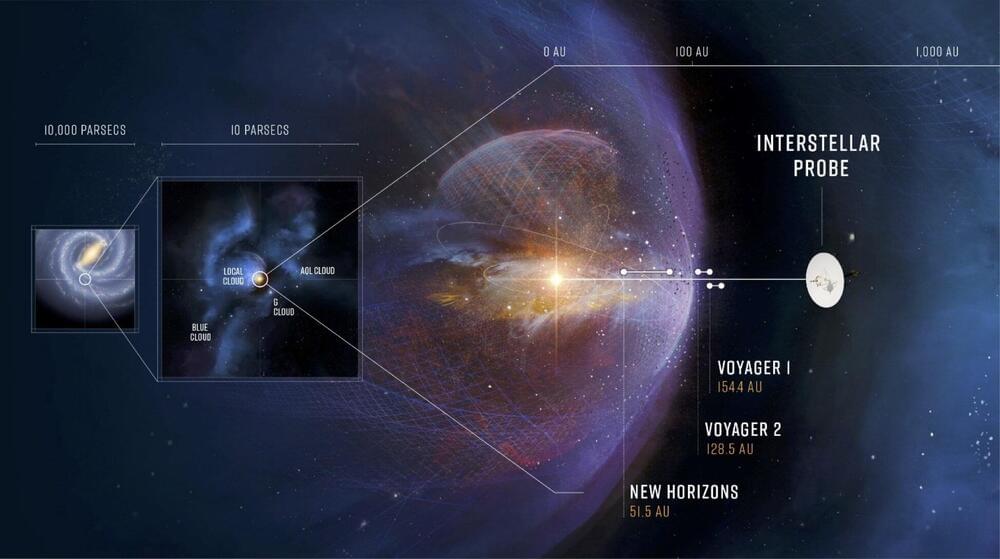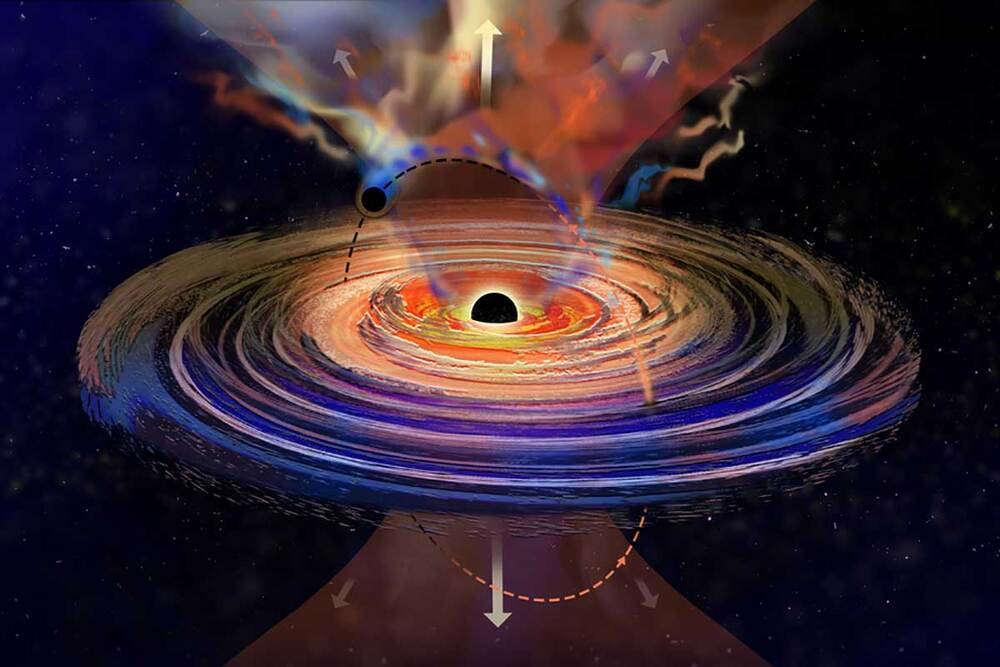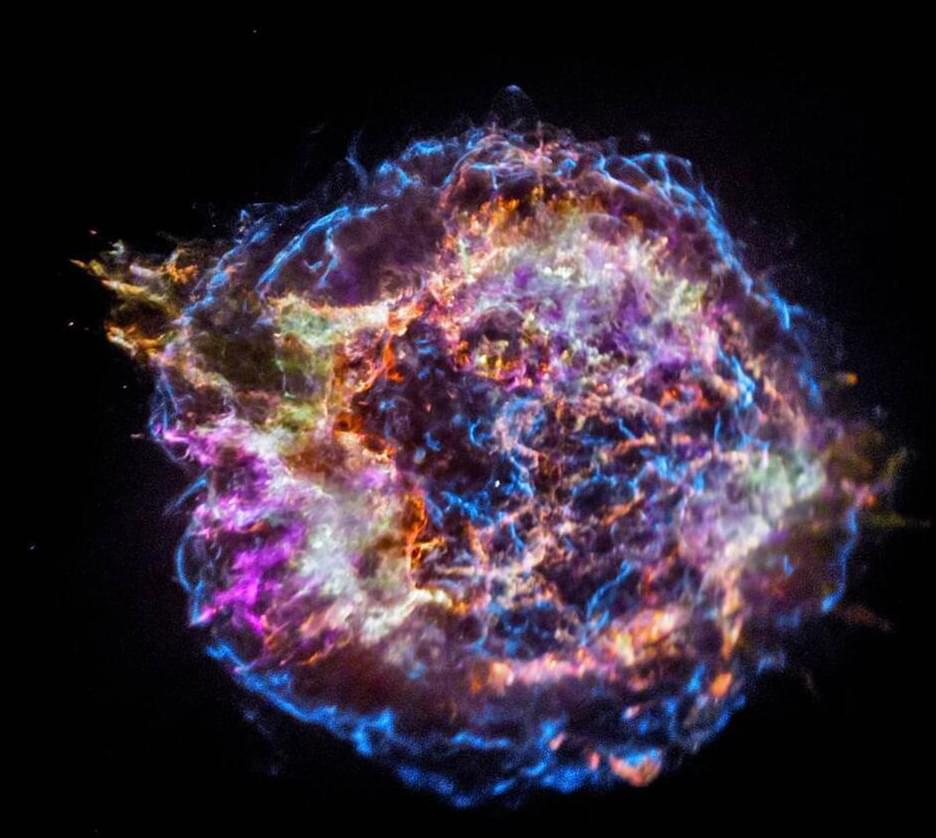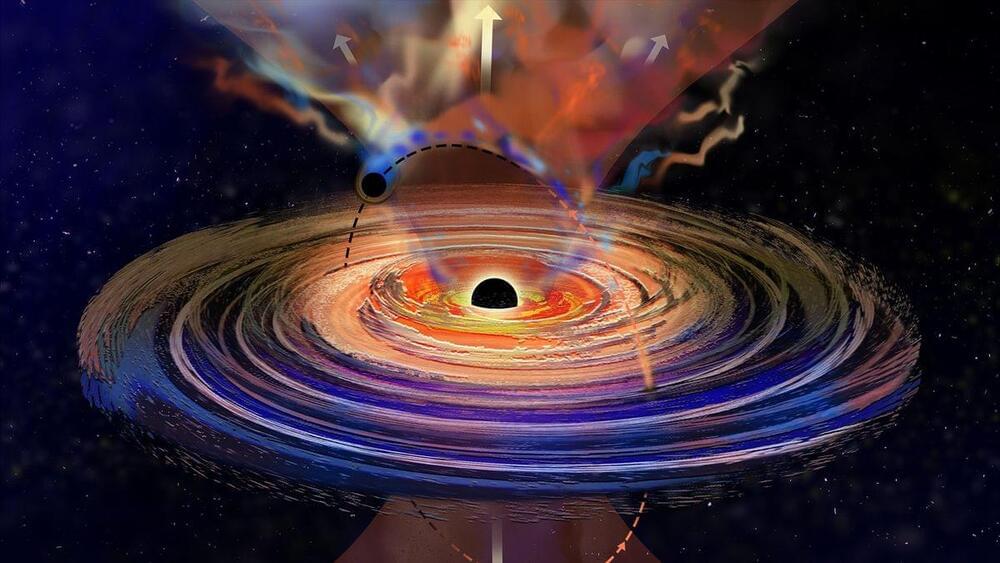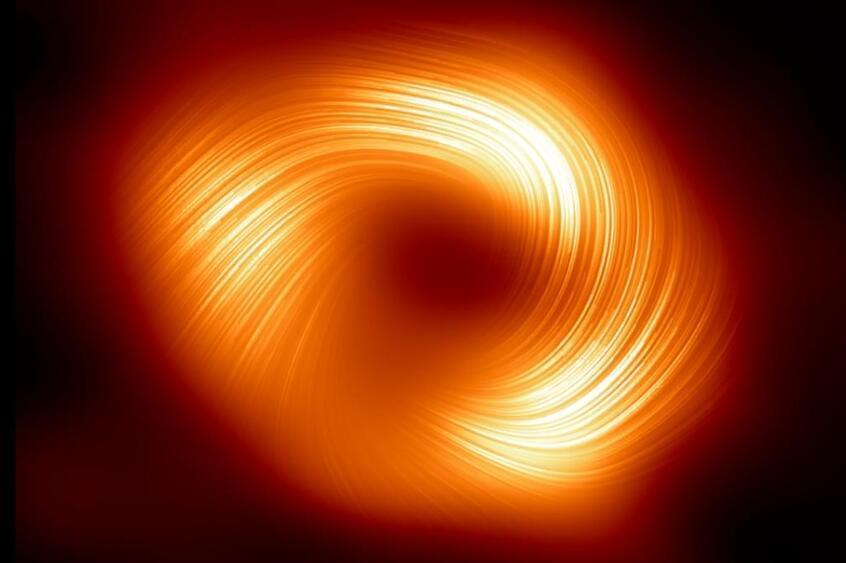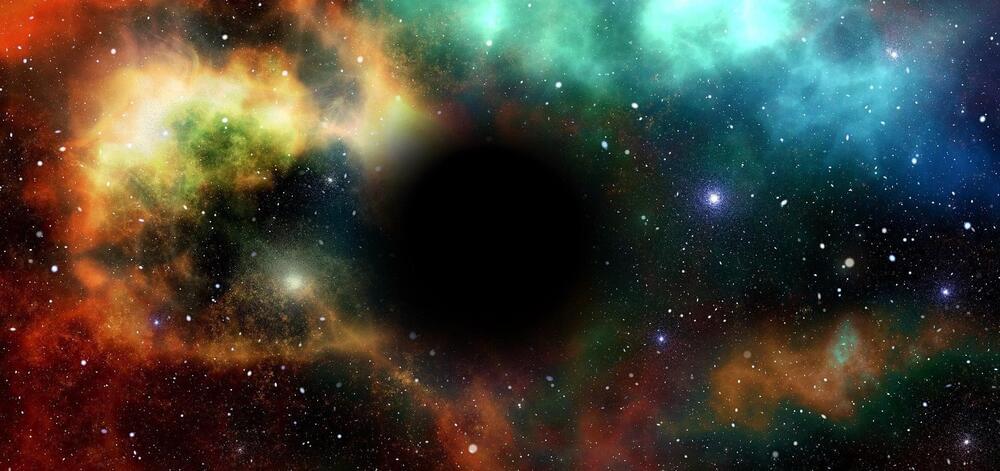Archive for the ‘cosmology’ category: Page 68
Mar 30, 2024
Mapping the best route for a spacecraft traveling beyond the sun’s sphere of influence
Posted by Genevieve Klien in categories: cosmology, mapping, particle physics
The heliosphere—made of solar wind, solar transients, and the interplanetary magnetic field—acts as our solar system’s personal shield, protecting the planets from galactic cosmic rays. These extremely energetic particles accelerated outwards from events like supernovas and would cause a huge amount of damage if the heliosphere did not mostly absorb them.
Mar 29, 2024
Physicists propose new way to search for dark matter: Small-scale solution could be key to solving large-scale mystery
Posted by Dan Breeden in categories: cosmology, particle physics, quantum physics
Ever since its discovery, dark matter has remained invisible to scientists despite the launch of multiple ultra-sensitive particle detector experiments around the world over several decades.
Now, physicists at the Department of Energy’s (DOE) SLAC National Accelerator Laboratory are proposing a new way to look for dark matter using quantum devices, which might be naturally tuned to detect what researchers call thermalized dark matter.
Most dark matter experiments hunt for galactic dark matter, which rockets into Earth directly from space, but another kind might have been hanging around Earth for years, said SLAC physicist Rebecca Leane, who was an author of the new study.
Mar 28, 2024
A large black hole that “hiccups,” giving off plumes of gas
Posted by Shubham Ghosh Roy in category: cosmology

Learn more about the game and see it in action at https://upperstory.com/turingtumble/?utm_source=YouTube&utm_medium=XXXXUse the coupon code ISAACARTHUR for…
Mar 28, 2024
The parallel universes of a sci-fi visionary named Philip K. Dick
Posted by Dan Breeden in categories: cosmology, particle physics, quantum physics
To understand the relationship between the science fiction genre and the Many-Worlds Interpretation, let’s turn to two men – a scientist and a writer. The scientist is Hugh Everett III (1930−1982), a physicist who developed the notion of parallel universes based on an original interpretation of quantum mechanics. He proposed that a pre-formulated theory should be the basis of scientific measurement, quite the opposite of the traditional scientific process in which measurement preceded and determined the theory. But quantum particles do not behave normally, so quantum phenomena and their atomic dynamics cannot be measured by the Newtonian mechanics traditionally applied to the universe.
When Hugh Everett published “Relative State Formulation of Quantum Mechanics” in the Reviews of Modern Physics scientific journal (Volume 29, Issue 3, July — September 1957), his theory that there are many worlds existing in parallel at the same space and time as our own sounded like fantasy fiction to a skeptical scientific world.
While scientists scoffed for more than a decade after Everett published his theory, someone else entered the scene. His name was Philip K. Dick, a scruffy beatnik writer who tramped around Berkeley (California) looking for ways to describe this alternative reality – the one hiding behind our visible reality.
Mar 28, 2024
Research unlocks supernova stardust secrets
Posted by Saúl Morales Rodriguéz in categories: cosmology, particle physics
Curtin University-led research has discovered a rare dust particle trapped in an ancient extra-terrestrial meteorite that was formed by a star other than our sun.
Mar 28, 2024
1st Detection of ‘Hiccupping’ Black Hole Leads to Surprising Discovery of 2nd Black Hole Orbiting Around it
Posted by Shubham Ghosh Roy in category: cosmology
Scientists found a monster black hole that ‘hiccups’ every 8.5 days, and a smaller black hole that keeps punching through its accretion disk may be to blame.
Mar 27, 2024
New view of the supermassive black hole at the heart of the Milky Way hints at an exciting hidden feature (image)
Posted by Dan Breeden in category: cosmology
The results suggest a deeper investigation of Sgr A* may uncover hitherto undiscovered features.
The polarization of light and neat and strong magnetic fields of Sgr A*, and the fact that they closely resemble that of M87*, may indicate that our central black hole has been hiding a secret from us until now.
“We expect strong and ordered magnetic fields to be directly linked to the launching of jets as we observed for M87*,” Issaoun explained. “Since Sgr A*, with no observed jet, seems to have a very similar geometry, perhaps there is also a jet lurking in Sgr A* waiting to be observed, which would be super exciting!”
Mar 27, 2024
New analysis reveals a tiny black hole repeatedly punching through a larger black hole’s disk of gas
Posted by Dan Breeden in category: cosmology
At the heart of a far-off galaxy, a supermassive black hole appears to have had a case of the hiccups. Astronomers from MIT, Italy, the Czech Republic, and elsewhere have found that a previously quiet black hole, which sits at the center of a galaxy about 800 million light years away, has suddenly erupted, giving off plumes of gas every 8.5 days before settling back to its normal, quiet state.
